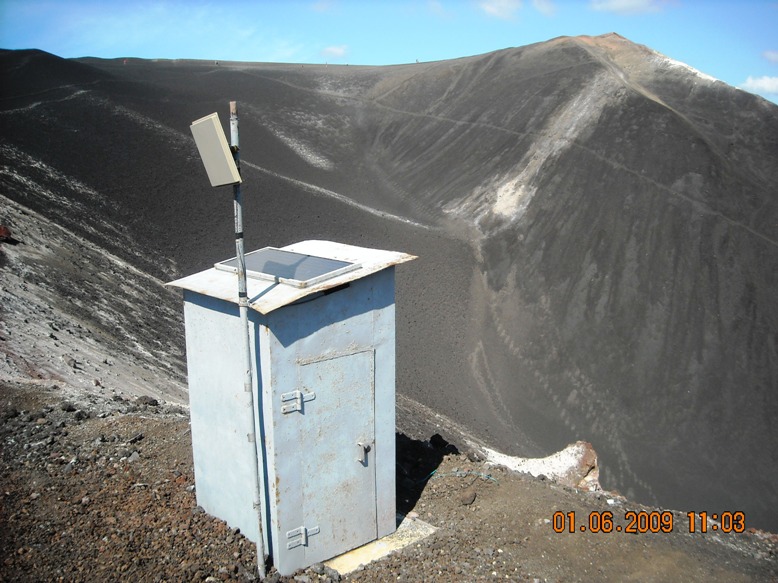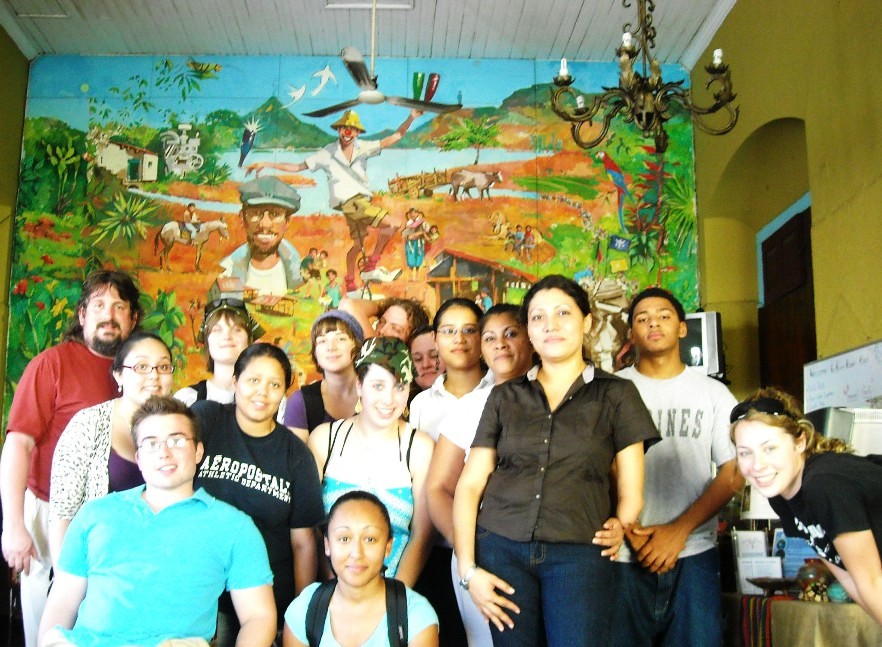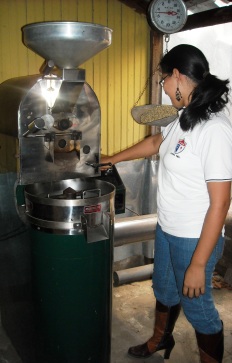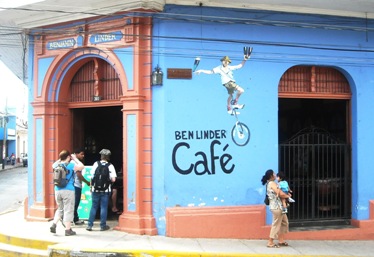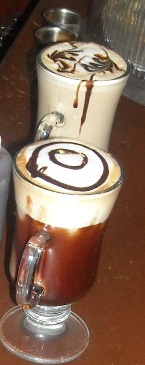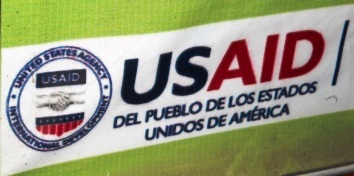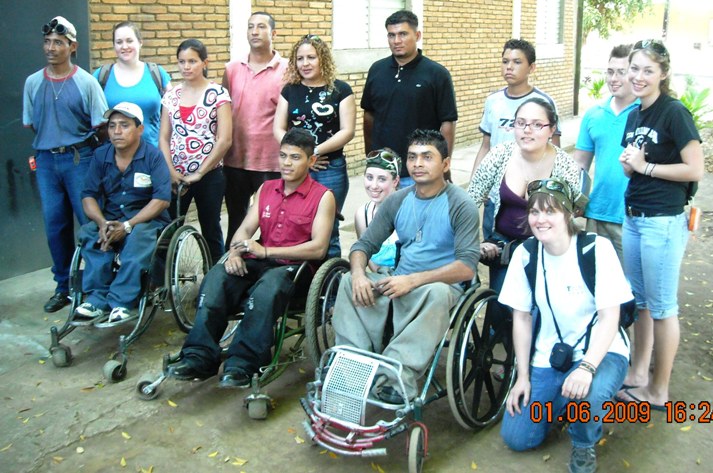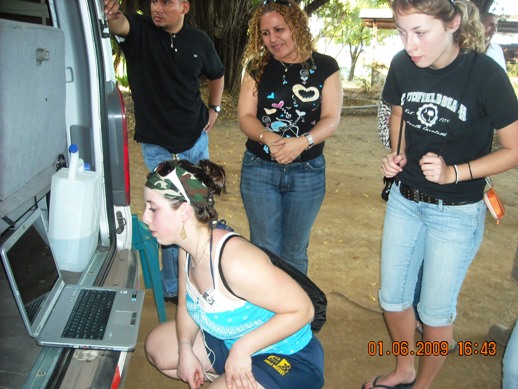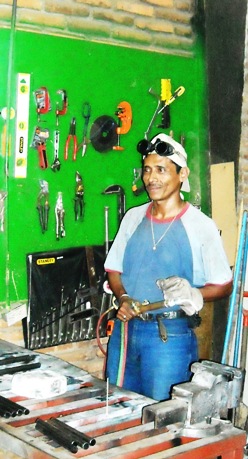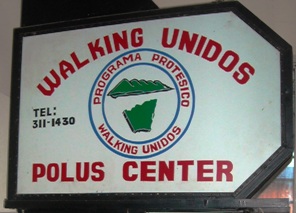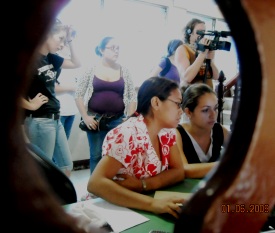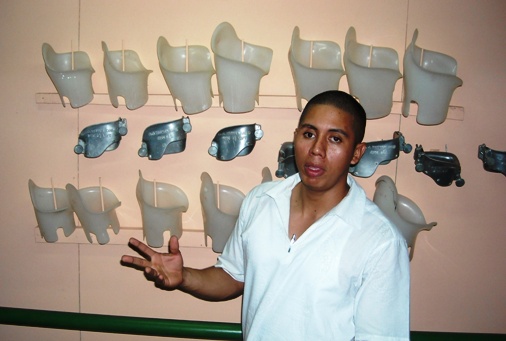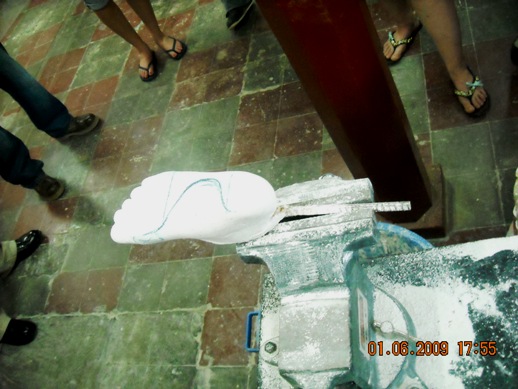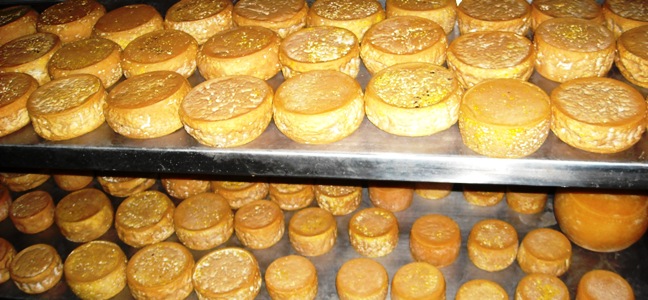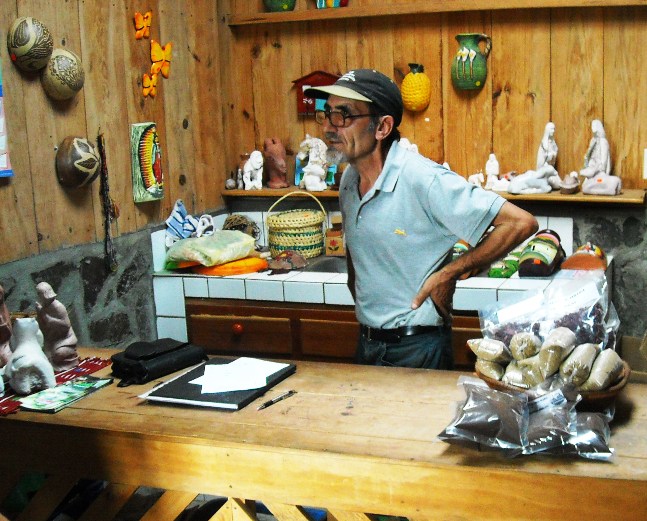| Geography of Coffee Matagalpa Study Tour -- 2009 Days 1-2: León to Estelí James Hayes-Bohanan , Ph.D. Bridgewater State College Geography UPDATED January 15, 2009 |
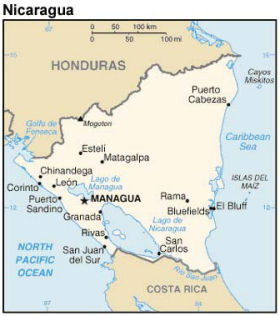 |
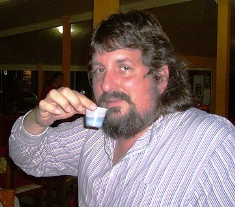 Cafezinho in Florianópolis |
| This page
is part of a series
describing my January
5-15, 2009 study tour in León, Estelí, Matagalpa, and
Granada. See my Coffee-Nicaragua page for stories, insights, and photographs from the 2006 and 2007 study tours. |
This page includes only a few photos. All of these and many more are available at higher resolution on Flickr! | |
